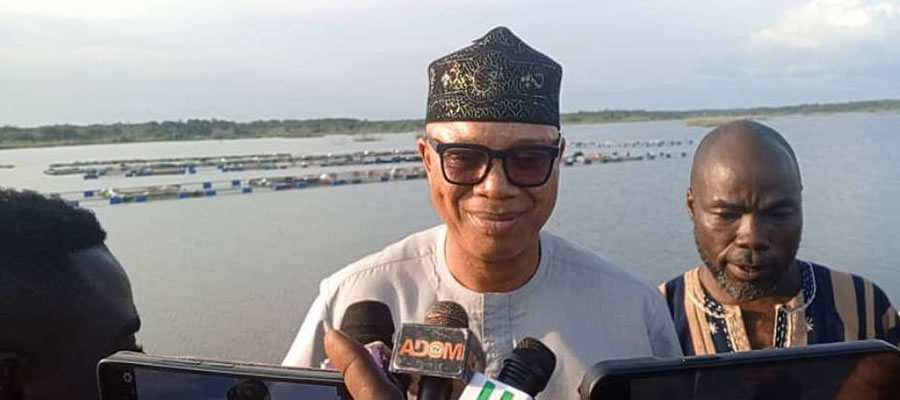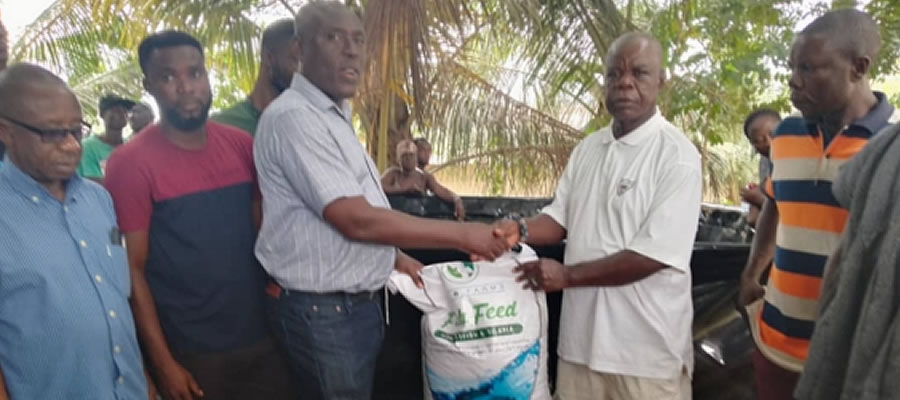

The health of the people is linked to the general development of the district. The district being the main planning authority and therefore a key stakeholder in facilitating development in the district has the responsibility of ensuring increased accessibility to improved health services.
Infrastructure
Health care in the district is delivered at two level, the community and sub-district levels. The district has no district hospital but two (2) health centres and six (6) community clinic and CHPS zones at Obuase and Bubuduatta providing general treatment and preventive health services. Referrals are made to the nearby hospitals at Agona-Swedru and Apam. There are three (3) private orthodox and one (1) unorthodox health facilities complementing health care delivery sting in the district.
Since the district is a new district and a growing population health infrastructure need to be expanded to provide effective and efficient health services to the population. Besides, there are about six (6) community clinics, situated at Potsin, Ojobi, Nyanyano, Budumburam and Okyereko. Together, these provide the health infrastructure resources that serve the people of the Gomoa East including HIV/AIDS.
Morbidity
Although there has been general improvement in the health conditions in the district with existing facilities exhibiting tremendous success in their programmes, malaria cases continue to be most reported of the diseases as a result of poor sanitation and general environmental untidiness. The problem is more pronounced and distressing in the coastal towns and villages with over 7,000 cases reported for the period January to November in 2009.
Acute respiratory infections and diarrhoea continue to be ranked highly after malaria with Anaemia being the least reported disease. Immunization programmes continue to be run in the district. With the exception of TT+2 all routine immunisations achieved over 90% coverage. However, the NID programme in the district achieved over 100% coverage signifying great protection for the population especially for the children. The district recorded a child mortality rate of 0.003% per live births in 2009, although considered low compared.
Considering the population and the circumstances of the district it still high and therefore the GHS should be supported to intensify its efforts at promoting safe motherhood including government policy of free maternal health for pregnant women. The district however achieved a zero percent in maternal mortality as all facilities do not bed capacity and serious cases and complications are referred to the nearby hospitals in Swedru and Apam.
The GHS Directorate continue to enjoy support from various institutions and organisations such as the District assembly and the NGOs especially Plan Ghana in pursuing special programme including the training of CBSVs. These collaboration and support has had the consequence of reducing morbidity especially among the children and an improvement in the general health condition of the people.
HIV/AIDS
The prevalent rate in the District is around 2.9% which is above the 2009 National rate of 1.7%. Some of the predisposing factors are early age of first sexual encounter at 13 years on the average, high rate of pre-marital and extra marital unprotected sex, resulting from traditional cultural activities such as funeral celebrations and festivals, and the activities of long distant drivers who ply the Takoradi-Accra, the low level of HIV/AIDS sensitization among the people in the District and the high incidence of poverty especially among women and the youth.
The alarming rate of infection among women in the district calls for urgent and serious attention as it has the capacity to affect productivity and increase in health bills. Again and more importantly, the District is emerging as a tourism destination with its beautiful long coastline and beaches and as such measures against activities promoting the spread of the pandemic should be instituted and enforced.
Notwithstanding the numerous challenges facing the District Assembly such as untimely release of financial resources, stigmatization and the absence of a higher level health facility, it has in collaboration with its development partners such PLAN Ghana, ILO and CEDECOM been exploring ways of economically empowering the youth to engage in productive activities.
Date Created : 11/17/2017 5:29:39 AM









 facebook
facebook
 twitter
twitter
 Youtube
Youtube
 +233 593 831 280
+233 593 831 280 0800 430 430
0800 430 430 GPS: GE-231-4383
GPS: GE-231-4383 info@ghanadistricts.com
info@ghanadistricts.com Box GP1044, Accra, Ghana
Box GP1044, Accra, Ghana